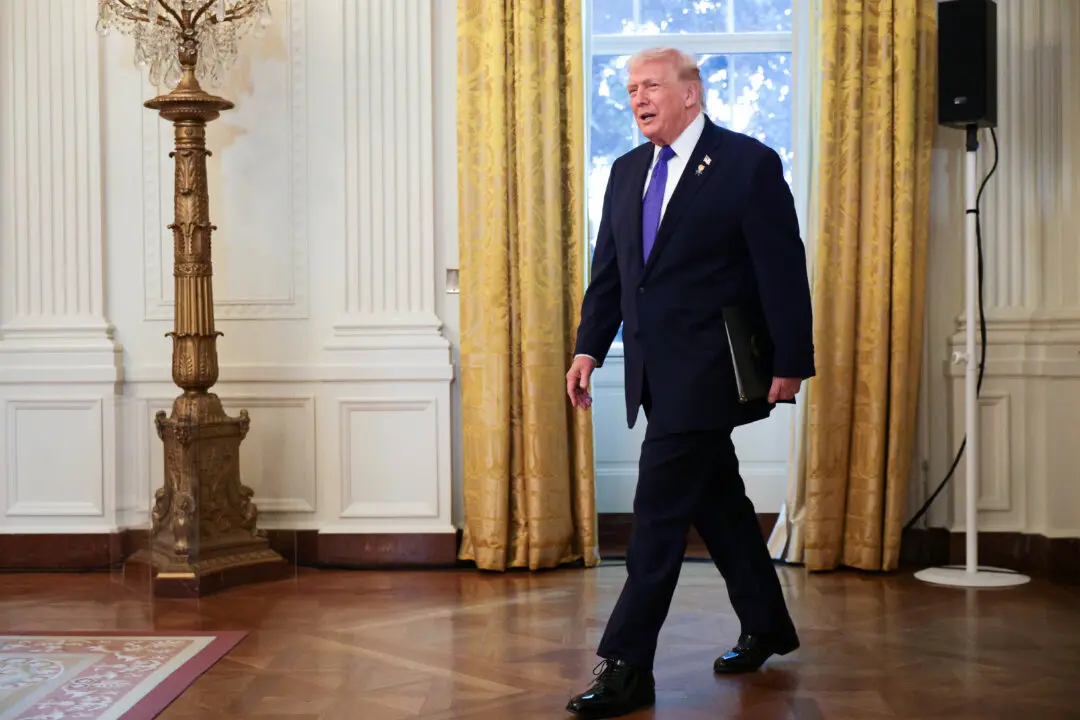A report by National Archives finds that the federal agency’s iconic Rotunda, where founding documents of the United States are on prominent display, is a symbol of “structural racism,” suggesting that the chamber should place “trigger warnings” to protect visitors from its contents.
The report (pdf) was released by the National Archives’ Task Force on Racism on April 20, but only recently gained media attention. The task force, established by Obama-appointed National Archivist David Ferriero in the aftermath of the death of George Floyd and the ensuing nationwide unrest, concludes that an “overarching system of racial bias” is “unequivocally” affecting how the agency operates.





